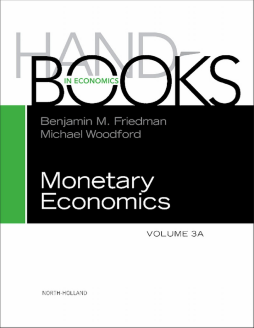
Additional Information
Book Details
Abstract
What tools are available for setting and analyzing monetary policy?
World-renowned contributors examine recent evidence on subjects as varied as price-setting, inflation persistence, the private sector's formation of inflation expectations, and the monetary policy transmission mechanism. Stopping short of advocating conclusions about the ideal conduct of policy, the authors focus instead on analytical methods and the changing interactions among the ingredients and properties that inform monetary models. The influences between economic performance and monetary policy regimes can be both grand and muted, and this volume clarifies the present state of this continually evolving relationship.
- Explores the models and practices used in formulating and transmitting monetary policies
- Raises new questions about the volume, price, and availability of credit in the 2007-2010 downturn
- Questions fiscal-monetary connnections and encourages new thinking about the business cycle itself
- Observes changes in the formulation of monetary policies over the last 25 years
This volume is a must for anyone interested in the current state of the development of monetary theory as viewed by the community of most of the distinguished monetary economists. Both the work on monetary theory and the understanding of its importance have exploded in the last 20 years. This valuable compendium shows the enormous and detailed developments made recently. It highlights the problems in blending theory with institutions. It is a contribution of note.
Martin Shubik, Yale University
Monetary Economics has made great strides since the HANDBOOK OF MONETARY ECONOMICS, Volumes 1 and 2 was published. In Volumes 3A and 3B you will find surveys, written by leaders in their fields, of new work on foundations, the transmission mechanism, adaptive learning and expectation formation, optimal monetary policy, constraints on monetary policy, robustness in macroeconomics, monetary policy in practice, and much more, as well as applications to the latest crises. Every economist will want these volumes placed within easy reach on their bookshelf.
William A. Brock, University of Wisconsin, Madison
